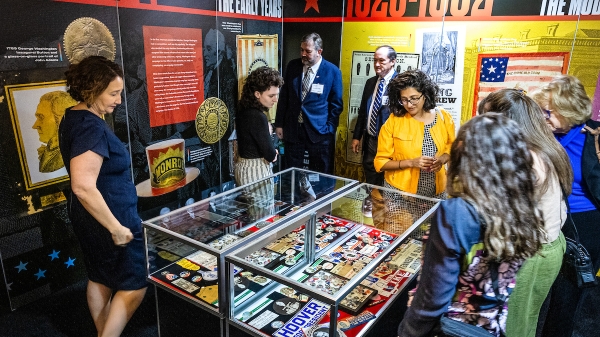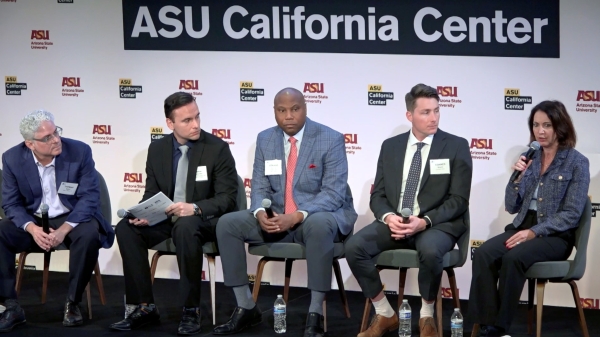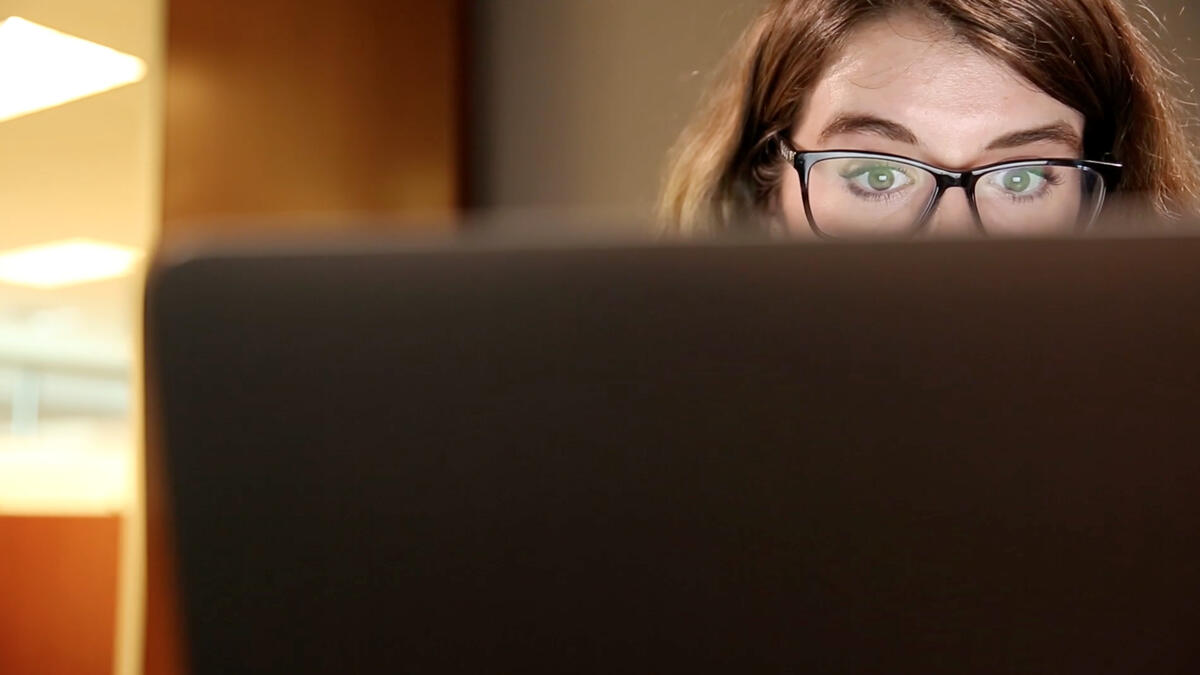Fake news loves a fool.
From stories about jilted lovers training attack squirrels to altered images that further political agendas, fake news relies on its ability to fool us.
We spoke with Arizona State University’s Walter Cronkite School of Journalism and Mass Communication Professor of Practice Eric Newton about why we get fooled by fake news year-round — not just on April 1 — and how to prepare for a near future where prominent political and celebrity figures’ voices, videos and photos can be faked.
Question: How do you know if a headline is fake?
Answer: It often doesn’t work that way. The headline is just one clue. The media outlet is another. The photo, the web site address, what other news outlets are saying — there can be a lot of clues. At times, the headline itself is a dead giveaway. Other times, not so much. If the headline is in the New York Times, backed up by multiple sources at a news organization that verifies facts, that’s a strong point in its favor. Same headline in a supermarket tabloid, based on just one anonymous source — maybe, maybe not.
Q: Can people look for specific indicators of a fake story?
A: If the URL says abcnews.com.co — see the .co at the end? That URL isn’t from ABC, it’s a fake web site registered in Colombia. Or if you do a reverse image search on a photo, Google will show you when it has been used before. So you can see, for example, that a video is actually not our president slapping the mayor of Mexico City.
The problem is that most Americans share stories on social media based only on the headline, and most people trust them based on who shared it. They’re simply gossiping, spreading rumors without knowing or caring, for entertainment value as much as anything. While it can be fun to chat over the back fence with your neighbor … it can be disastrous when amplified by digital media that instantaneously spreads things around the world.
Q: How is it that we keep getting duped by fake news stories?
A: Humans evolved to pay attention to new information. Millennia ago, the family that took immediate action when it saw a tiger could save itself. The family that just stood around — well, they can say goodbye to the gene pool. New information — news — triggered our fight or flight response. We’re especially tuned in to bad news, a threat, an attack, something threatening our survival.
Today things are different, but we are as jumpy as ever. We need to relax a bit. No matter how mad you get seeing the headline on that social media post, it just isn’t a tiger about to eat your family. So take a minute. Think about it. Take more care with what you share. It sounds easy, but it’s harder than you might think. Even if people know they shouldn’t do it, they have this human instinct — read the headline, press the button and save the tribe.
Q: How do we become better readers and identify fake news?
A: To answer that, you need to ask another question, probably the main question: Whose problem is this? If Americans are losing the ability to tell the difference between fact and fiction, why is that? Do you blame teachers, the tech companies, the journalists, the people themselves? The answer is yes to all of the above. This is everyone’s problem.
There’s plenty to do. Teachers could synthesize the core competencies all of the new literacies, the 21st-century mindset and skills we need to evolve from a print-on-paper culture to an interactive digital culture. Our children, throughout school, need to learn news literacy, media literacy, digital literacy, information literacy and civic literacy — just as they now, in every grade, focus on reading and writing. Tech companies can give people tools to filter out obviously phony news. Journalists can better explain how and why they do what they do, and engage their communities. We probably need a major public information campaigns, like we did with teen smoking or forest fire prevention. We need to get better at finding, understanding, creating and acting upon digital news and information — and to really get better at it could take generations, because our country is only average when it comes to basic literacy.
Q: What do you think is the future of fake news?
A: Many people are having trouble today distinguishing news from opinion online, or telling the difference between ads and news, or between real news and hoaxes. But today’s fake websites, or phony stories, photos or tweets— that’s nothing. Soon we’ll be looking at a piece of video, watching someone important appear to say something they did not actually say. And we’ll believe they actually said it.
Artificial intelligence breakthroughs are making it possible to develop more and more realistic fake audio and video. Reddit shut down one of its subgroups because it was flooded by “deepfakes” — pornographic videos with a celebrity’s face morphed onto another person’s body.
If you can create believable artificial voice or video, you can wreak havoc. Imagine seeing the president saying we’re under attack, when we aren’t, or the leader of another country saying he just launched missiles at the U.S. You get the idea. Fake news is designed to make you say “Aha, I knew it! — look at this, everyone!” Or “That’s outrageous! Can you believe what they are doing?” When you find yourself reacting this way, when you see something like that, take a minute to look around. When in doubt, find out.
Top image: One of the best ways to avoid getting taken in by fake news stories is press pause on your outrage and look at the source. Photo/video by Deanna Dent/ASU Now
More Law, journalism and politics

Exhibit uses rare memorabilia to illustrate evolution of US presidential campaigns
After one of the most contentious elections in history, a new museum exhibit offers a historical perspective on the centuries-old American process.“We The People! Electing the American President” had…

TechTainment conference explores the crossroads of law, technology, entertainment
What protections do writers, actors, producers and others have from AI? Will changing laws around name, image and likeness (NIL) eliminate less lucrative college sports programs?And what does…

How to watch an election
Every election night, adrenaline pumps through newsrooms across the country as journalists take the pulse of democracy. We gathered three veteran reporters — each of them faculty at the Walter…
